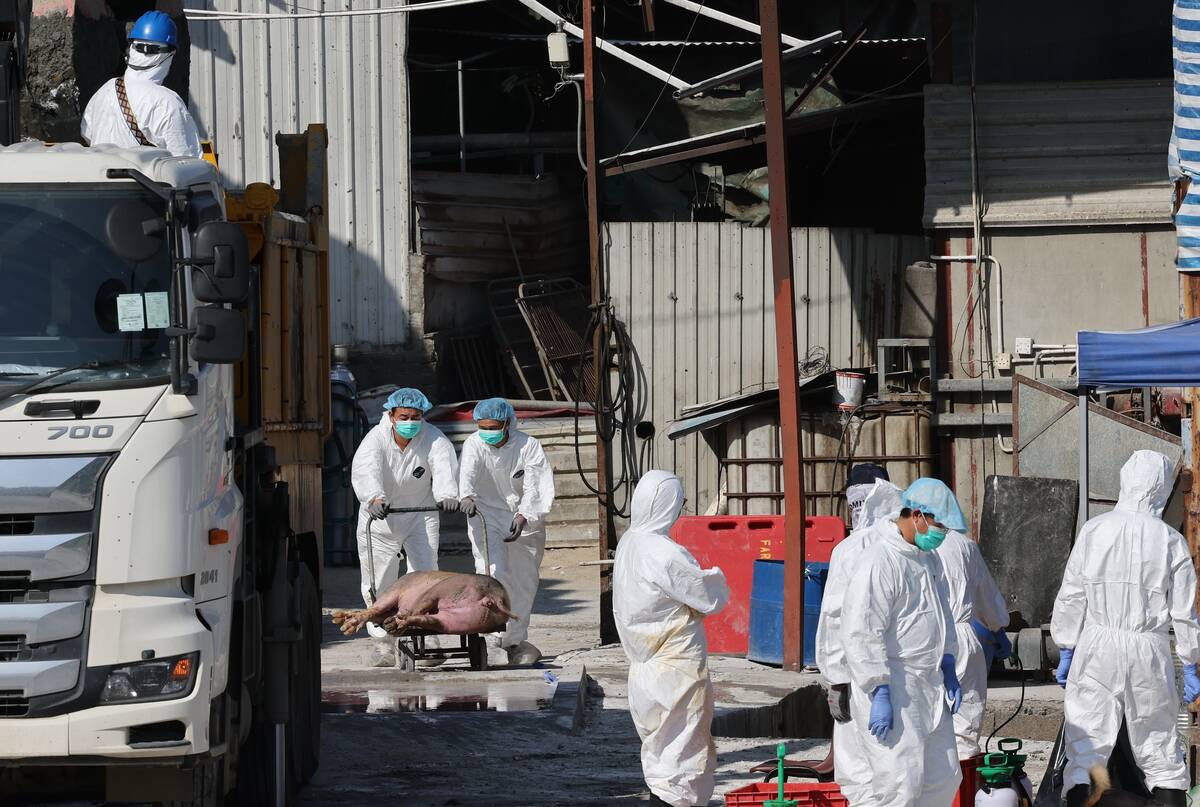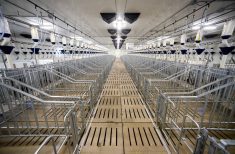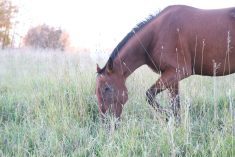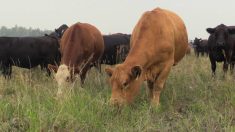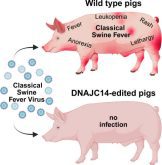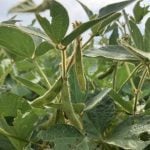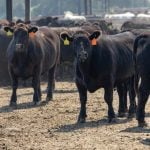A group of international researchers has discovered a “promising” vaccine for African swine fever (ASF), but neither they, nor Canadian pork leaders, are popping corks on champagne bottles just yet.
The live vaccine — listed only as ASFV-G-ΔI177L — is the product of a collaboration between the United States Department of Agriculture’s (USDA) Plum Island Animal Disease Center and Kenya’s Nairobi-headquartered International Livestock Research Institute.
WHY IT MATTERS: A Canadian case of African swine fever would be a serious blow to the pork sector, both in terms of animal health and trade impacts.
Read Also

Linebreeding horses drives genetic bottlenecks
Too much linebreeding and prioritizing pedigree can narrow genetic diversity and lead to horse health problems in future generations.
A statement published by eurekalert.com said the results are still mixed. The vaccine seems to protect pigs from some ASF strains, but has shown little protection against others.
Cam Dahl, general manager of the Manitoba PorkCouncil, said this has been the case in a number of would-be ASF vaccines.
“I’m not surprised at the outcomes,” he said. “We’ve seen, for example, in some vaccines that Vietnam had been trialling … that they just don’t give blanket coverage.”
That’s frustrating for Canadian pork producers seeking a comprehensive vaccine for all strains of the disease, which lacks a global, commercially licensed vaccine to fight it.
Hunting for a vaccine
Investigators said they got an important takeaway from the recent project: ASF vaccine development should be fine-tuned to the specific strains found in a region.
“The findings point to the need for region-specific vaccines to tackle one of the world’s most devastating animal diseases,” read the news release.
Egan Brockhoff is the chief veterinary officer for the Canadian Pork Council.
Although Brockhoff said the fight for a comprehensive ASF vaccine isn’t new, this project is unique in that it marks the first time a commercial ASF vaccine candidate has been tested against lesser strains of the disease.
“This finding confirms what a lot of the veterinary and scientific communities have been describing: that strain homology matters with ASF virus immunity,” he said.
“Homology” refers to being identical. As an organism mutates and creates new strains, it becomes heterogenous, referencing their differences.
Weighing ASF shield strength
The researchers divided the efficacy of the vaccine into three categories: strong protection, partial protection and no protection.
The first category included pigs infected with the same ASF strain used to make the vaccine, which stayed healthy.
The partial protection cadre saw 80 per cent of of the vaccinated pigs survive when administered a genetically different strain found in Ghana. Finally, the vaccine failed against genetically unique strains from Malawi, Kenya, South Africa and Uganda “despite triggering strong immune responses.”
Researcher said the results call for a rethink of vaccine strategies — particularly the traditional method of classifying ASF viruses by a single gene. This method wasn’t enough to predict a vaccine’s efficacy, they argue. In fact, two viruses with identical sequences produced dissimilar results in the vaccinated swine.
“The team recommends continued research into matching vaccines to virus types, as well as exploring new vaccine designs that could provide broader protection against ASF,” read the release.
Canada, U.S. armour up against ASF
ASF can spread in a number of ways, including infected pigs and contaminated farm equipment, feed and clothing.
There has never been an ASF case in Canada or the United States, but the usually fatal disease has wrought havoc in countries such as Vietnam, China, the Philippines and around Europe.
The World Organisation for Animal Health said ASF has led to more than two million pig deaths worldwide since January 2022. Sixty-four countries and territories have reported the virus since that time.
“I think if you look at how devastating the disease has been around the world, to say it would be nice to have a vaccine is putting things pretty mildly,” said Dahl. “This is something that is a high priority for the industry globally.”

To date, ASF has primarily affected pigs raised in backyard systems in low- and middle-income countries, reports the International Livestock Research Institute, although the hits to China’s pork sector several years ago made international headlines.
The threat of a U.S. or Canadian ASF case is the thing of nightmares for the North American pork industry. At upwards of US$27 billion in gross cash receipts in 2023, the Kenya-based research institute describes U.S. pork production as a “cornerstone” of the country’s economy.
Canada’s swine industry, which earned C$6.3 billion in 2024, is also highly vulnerable economically. In Manitoba alone, third-party analysis reveals the industry supports 22,000 jobs and contributes about $2.3 billion annually to the provincial GDP, Dahl noted.
“That’s a pretty big chunk of the province. We produce about eight to eight-and-a-half million pigs every year and 90 per cent of that is exported either as pork or live animals into the United States,” he said.
Then there are the trade implications, added Brockhoff, noting that “Our borders would close immediately, so we would lose all of our border access to all of our trading partners. Overnight, it would all be gone.”
Keeping ASF out
So how has Canada managed to keep the virus outside its borders? Luck has been one reason: ASF is frequently spread by ticks that are not present in Canada or the U.S., said Dahl.
Otherwise, he points to Canada’s vigilant culture of biosecurity, both at the border and on hog farms across the country.
“Producers here have gotten very good at biosecurity and keeping diseases out of their barns,” Dahl said.
“And then we’ve also paid attention to our borders … If you go into (a) Toronto airport, for example, there’s advertisements about not bringing meat back. We have dogs at most of our major airports and they’re looking for food.”
This bent towards biosecurity has been many decades in the making, he added, singling out transport security practices such as thorough disinfection of trucks as a successful example.
“Those efforts are really aimed at not just limiting the spread of ASF but limiting the spread of all diseases, whether it’s PED (porcine epidemic diarrhea) or PRRS (porcine reproductive and respiratory syndrome) or others.”
The Canadian pork industry is also working with the federal government to enhance biosecurity efforts, including more sniffer dogs in airports and with international mail, said Brockhoff, adding the federal government has also been vigilant in their biosecurity policies.
“We recognized early on that imported feed ingredients could be a risk and so we asked for and got support from the Government of Canada to mitigate those higher-risk feed ingredients that could be imported from ASF-positive countries,” he said.

The pork sector also continues to work with the Canadian Food Inspection Agency (CFIA) to create zoning arrangements with trading partners. A “zone” in this context is a space created to isolate a sub-population of infected animals.
“Canada has signed zoning arrangements with key trading partners all around the world and those bilateral zoning arrangements say that, in the face of disease, those countries will recognize our disease-free zones as disease-free and continue to trade from the disease-free space once we demonstrate that we’ve contained and controlled the disease,” Brockhoff said.
“The Canadian Pork Council has aggressively advocated for the Government of Canada to actively pursue more and more of those bilateral zoning arrangements to help facilitate movement in the face of disease.”


